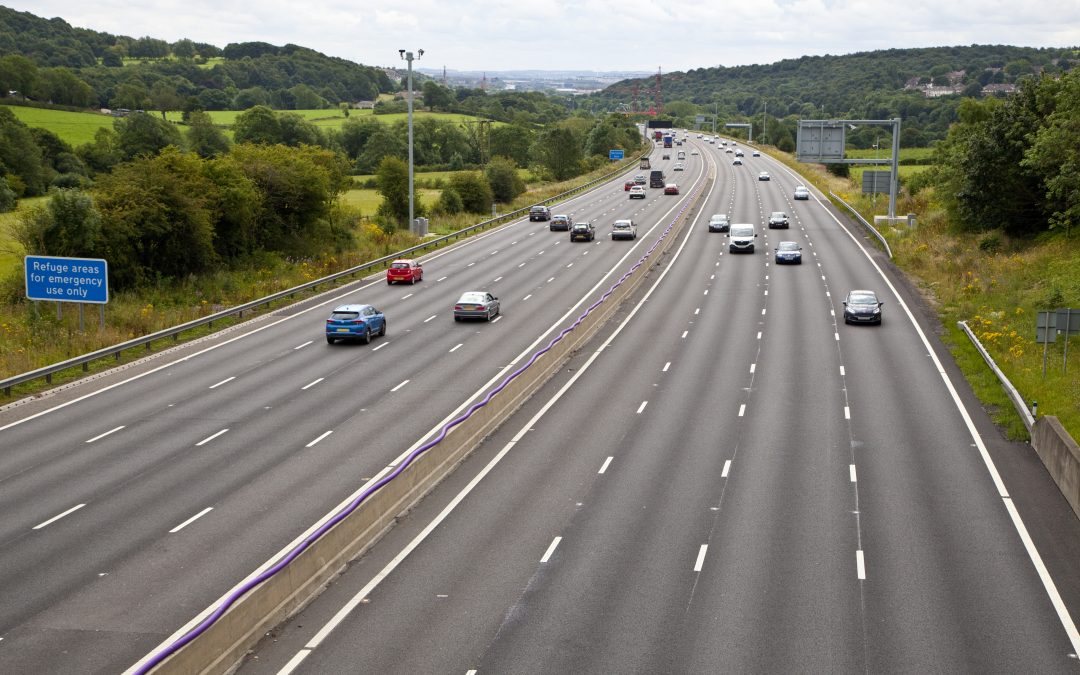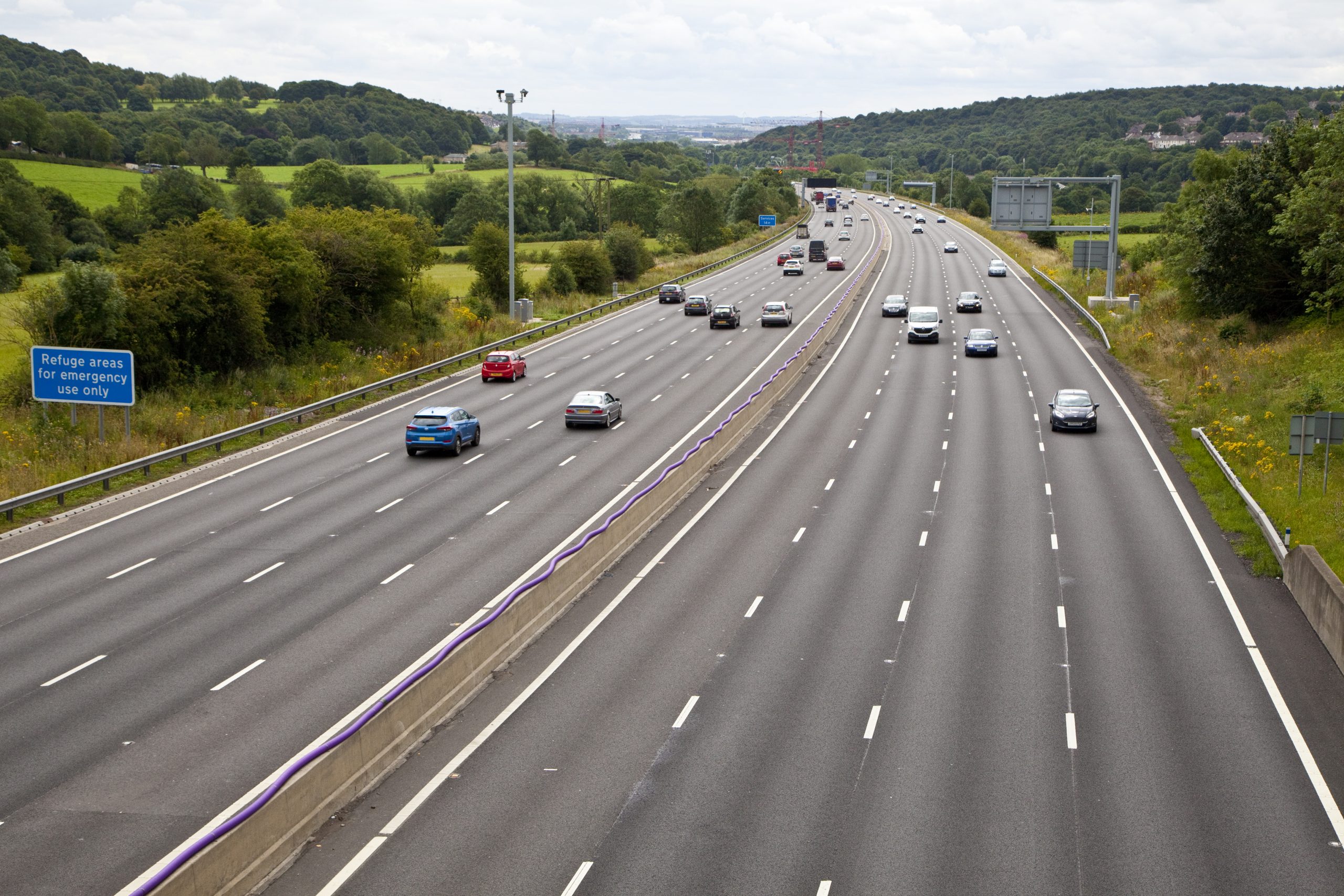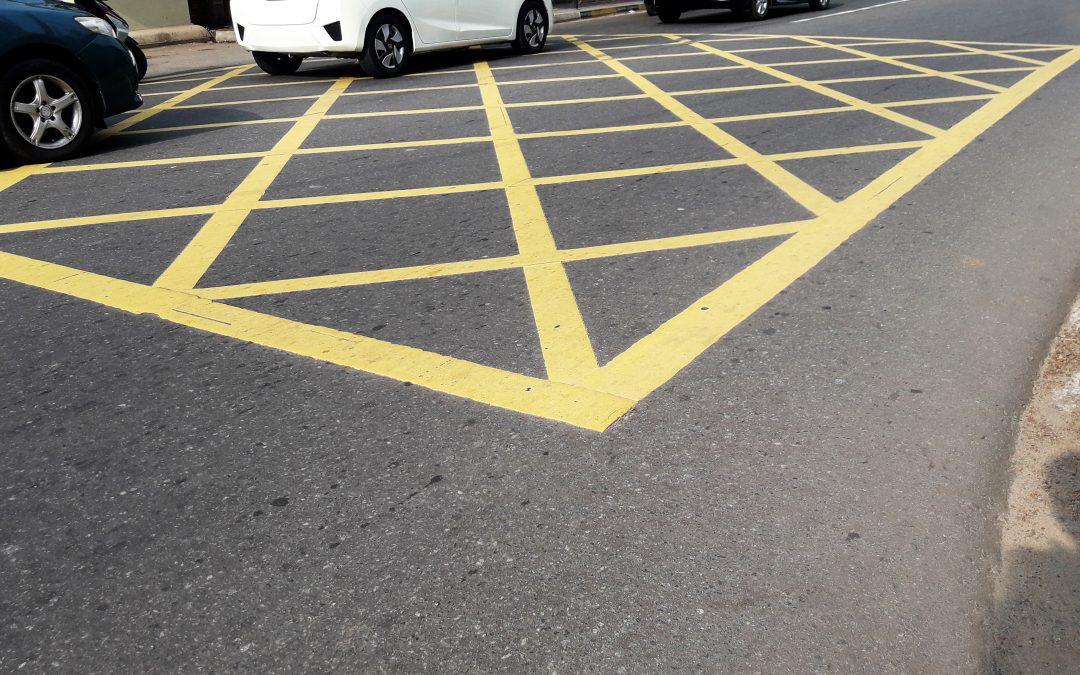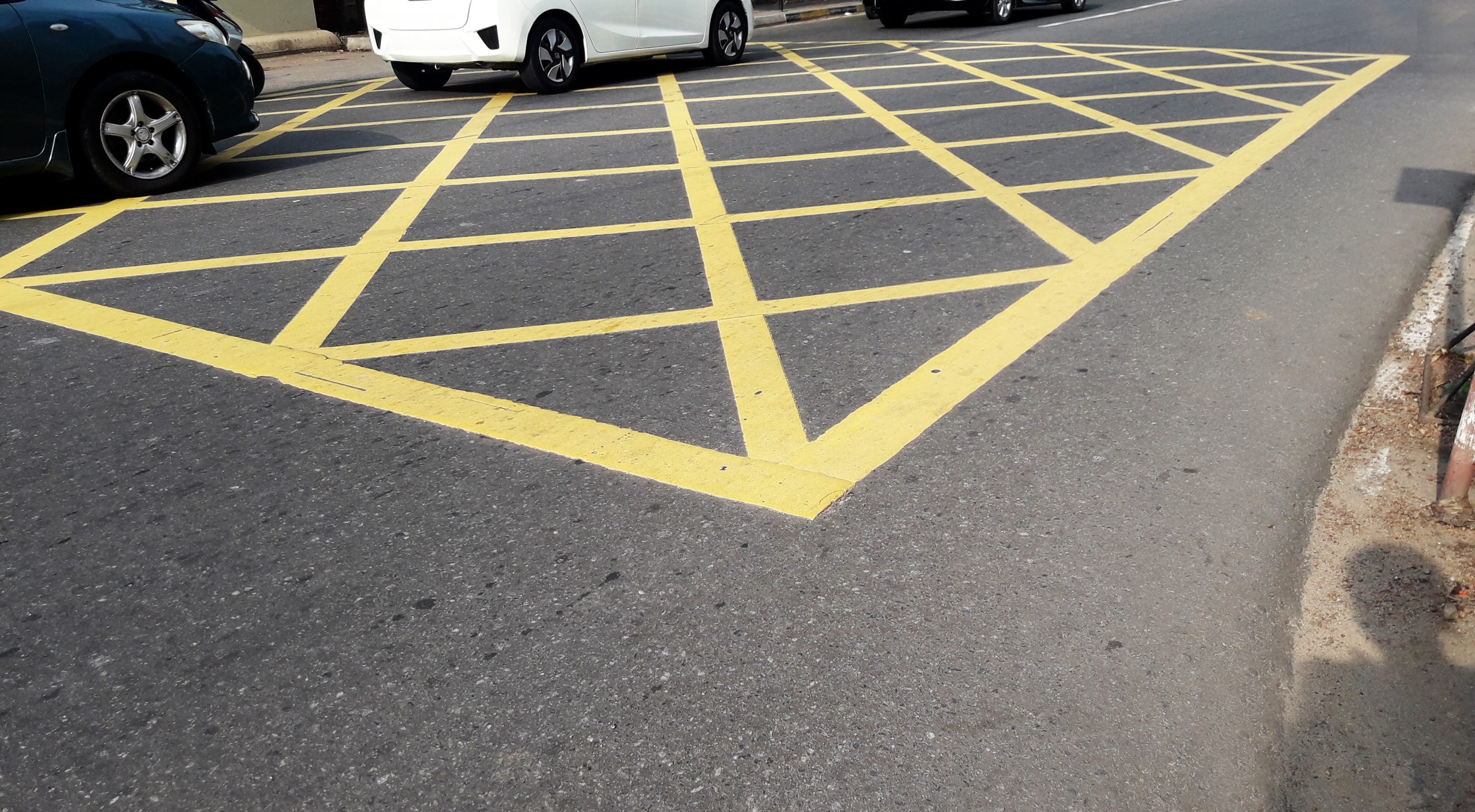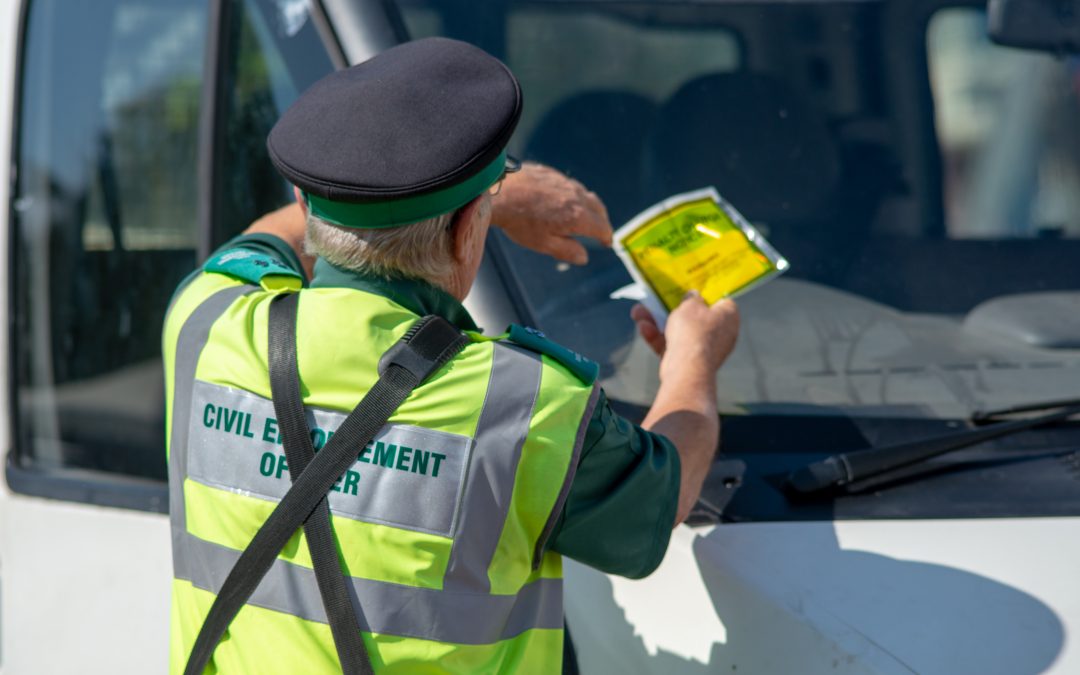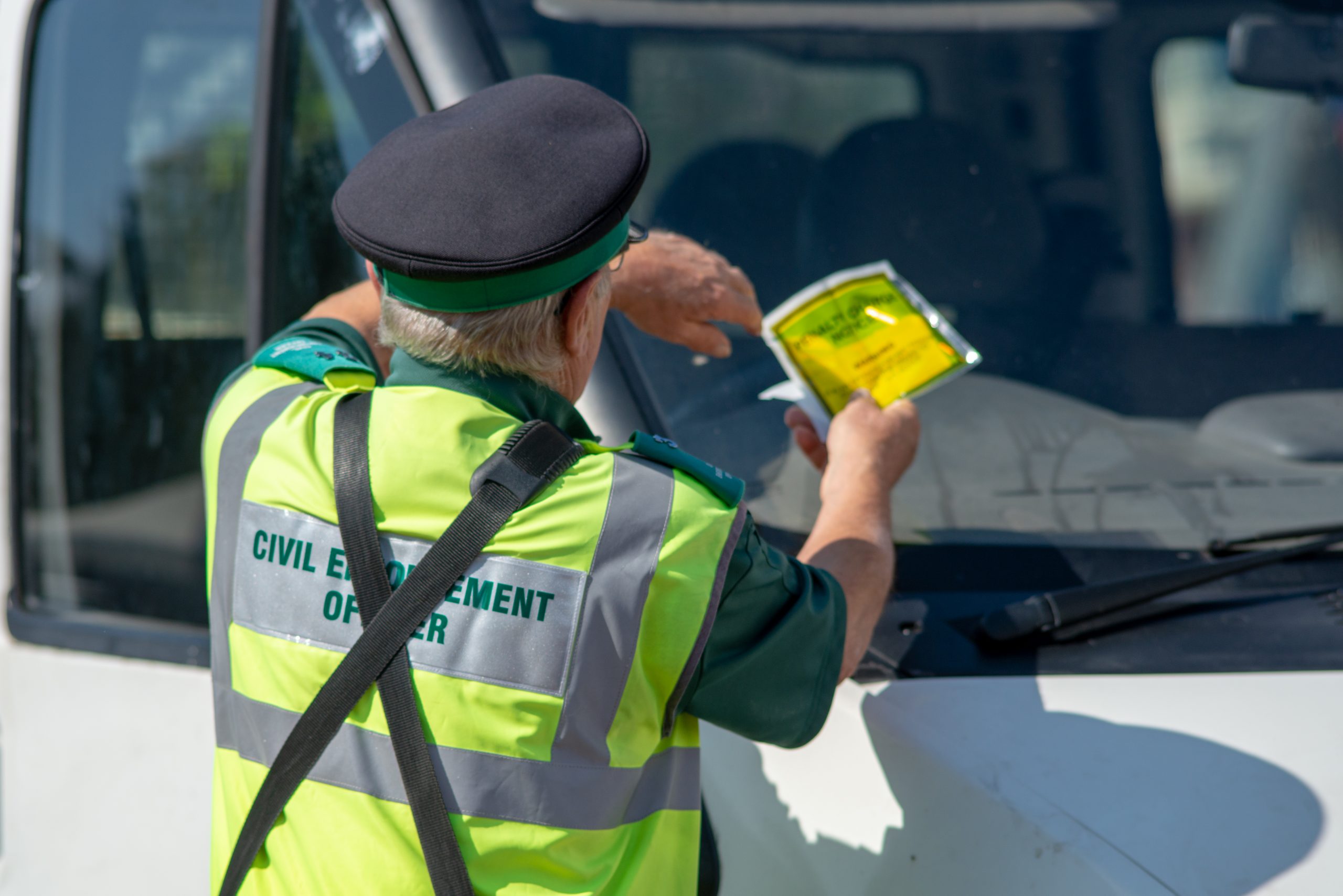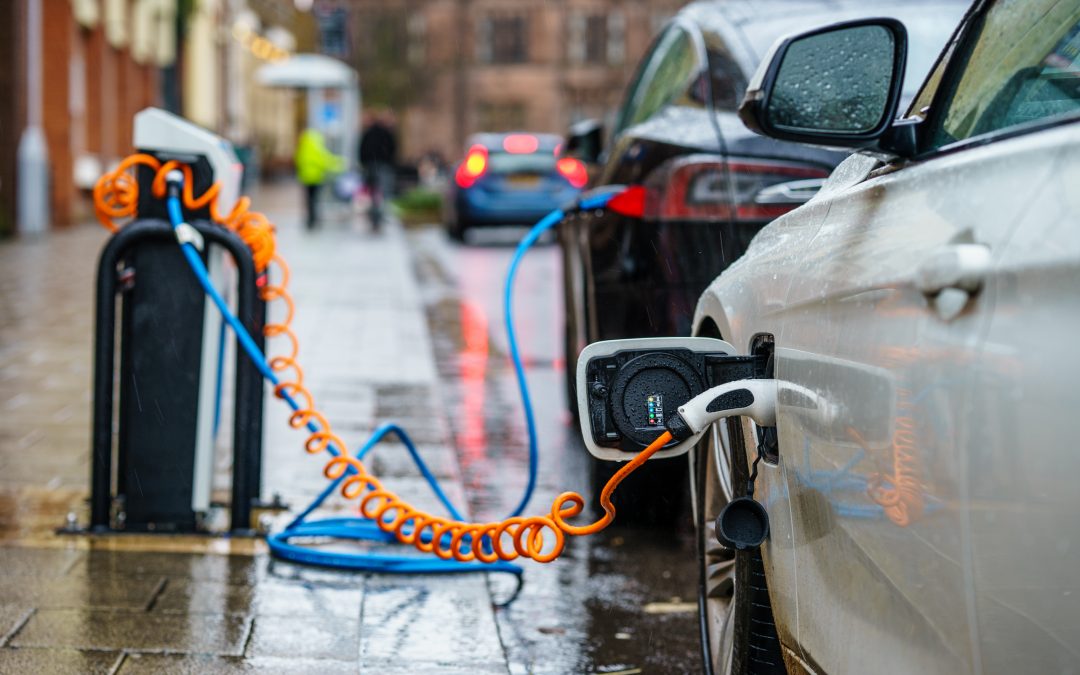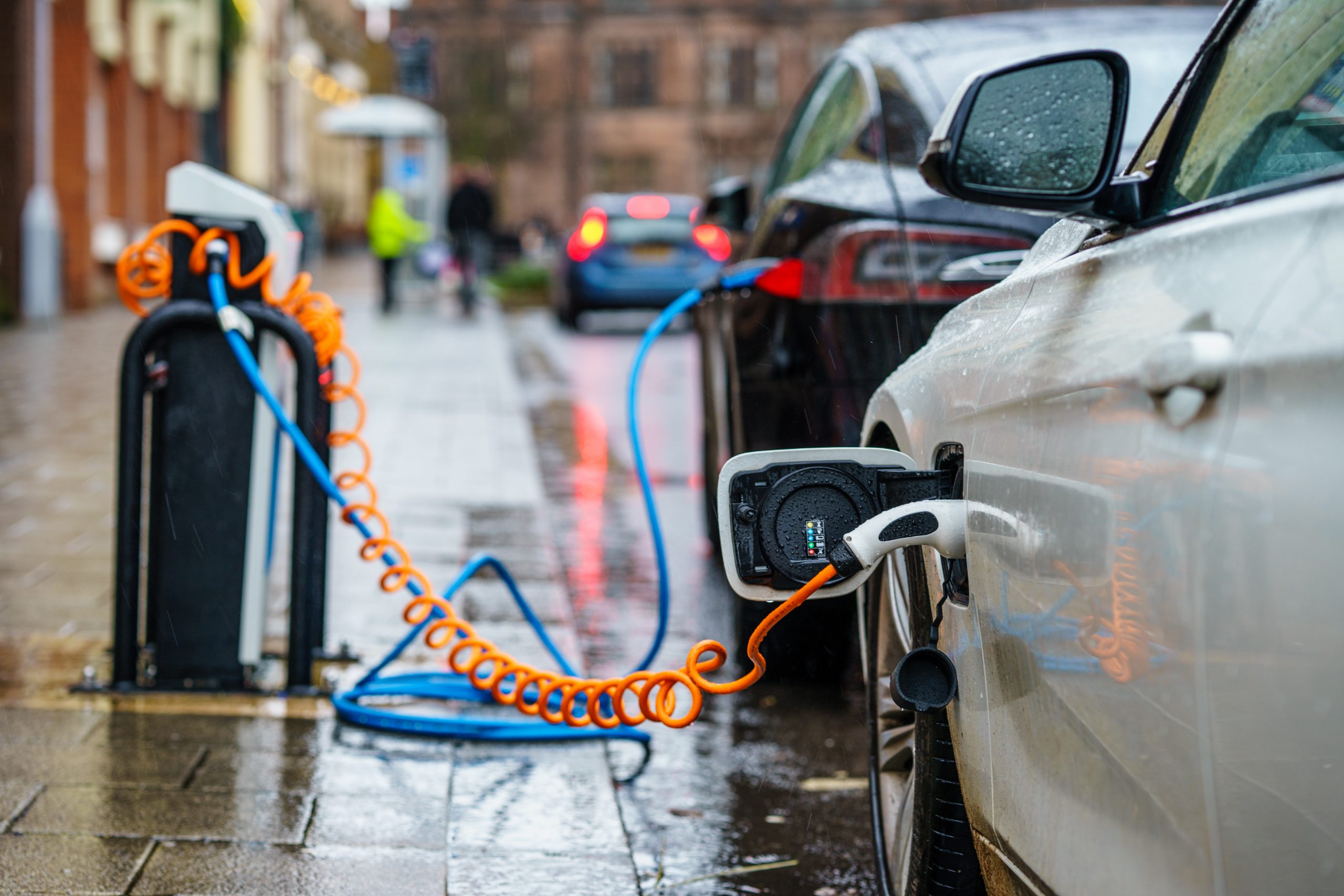
Pandemic petrol prices reach peak of £1.20-a-litre
Back in March 2020, during the first national lockdown, petrol prices reached lows of just 106.48p per litre. A decline in demand, oversupply and up to 80% less traffic on the roads was the cause, with motorists told to stay home and reduce travel to short, essential journeys only.
Now, ten months on, our situation remains mostly unchanged. A third national lockdown has meant restrictions are still in place and motorists have once again had their journeys capped. One thing that has changed during this lockdown, however, is the price of petrol.
Reaching heights of 120.1p-a-litre in some areas of England, petrol prices are now above what they were even before the pandemic began and are still increasing. In fact, as of this week, the cost of petrol is 5p more expensive than it was a month ago.
This is Money found that on average, motorists are currently paying £3 more than previous lockdown prices to fill up the average family-sized car with a 55-litre tank.
While journeys and traffic levels may be reduced, motorists are still having to make multiple short, essential journeys weekly and may still be travelling to and from essential jobs, meaning that they will most definitely be feeling the sting of these hiked-up prices.
AA spokesman, Luke Bosdet, acknowledged the situation motorists in lockdown are facing: ‘Many drivers in lockdown are using their cars for short trips, such as to the supermarket, and are filling up much less often than usual.’
‘If this week they have gone to the fuel station for the first time since December, they will have seen a 4p to 5p-a-litre leap in petrol and diesel prices.
‘This will be a nasty surprise and compound their lockdown frustrations.’
Currently, petrol prices in London and the South East are topping the scales at 120.32p and 120.76p-a-litre respectively, while diesel prices I similar areas are reaching highs of up to 123.71p.
Research also shows that not only are petrol prices on the rise in areas all across England, but they may also differ between forecourts. In some areas prices differed by up to 10p at a range of forecourts in the same place. This has meant that motorists are being forced to do their research before filling up in order to avoid paying more than they need to for their fuel.
But what is it that has caused this increase? And is the upward trend set to continue?

[Image Source: Shutterstock, Feb 2021]
What is causing the peak in prices?
One factor that could be to blame for the significant rise in petrol prices during this third lockdown is the cost of oil. The AA pointed out that, over the last month, the price of oil has risen by $5 to $6-a-barrell, clearly having a direct impact on the prices set for petrol.
It has also been suggested that supermarkets have played a part in the rise in pandemic petrol prices, with some organisations accusing them of taking advantage of the lockdown.
The AA suggests that a $2 increase in the price of oil is usually matched by a 1p-a-litre rise in the price of petrol. If this is the case, some retailers appear to be adding a small amount more to their prices. The AA has dubbed this a ‘lockdown bonus’ for fuel sellers.
With supermarkets making the most of this ‘lockdown bonus’, non-supermarket retailers have also been forced to up their prices to keep up with the competition, meaning that motorists are paying extra for their petrol, no matter where they get it from.
The Petrol Retailers Association chairman, Brian Madderson, explains that: ‘Petrol stations are rightly regarded as ‘essential’ businesses by the government yet the independent sector struggles for financial sustainability as fuel volumes plummet again during this latest lockdown.’
He suggested that non-supermarket retailers have struggled during this time, and have been forced to make every effort to keep their services running: ‘Unlike the big supermarkets buoyed by massive increases to grocery sales, independents have to hold onto every penny of margin to avoid cutting staff and reducing service levels in a tight market.’
As the pandemic continues, it is uncertain as to whether the upward trend in petrol prices will continue, but in the meantime, it is motorists already struggling with the economic hardships of a global pandemic who will suffer the consequences.
Do you think the rise in petrol prices during this stage of the pandemic is justified? Were you surprised at the price of petrol last time you filled up?
Tell us in the comments.
